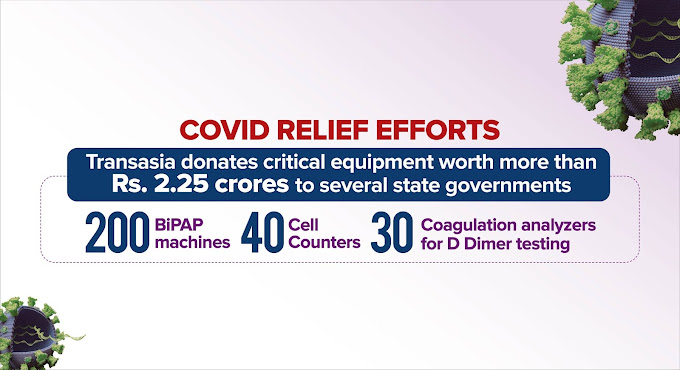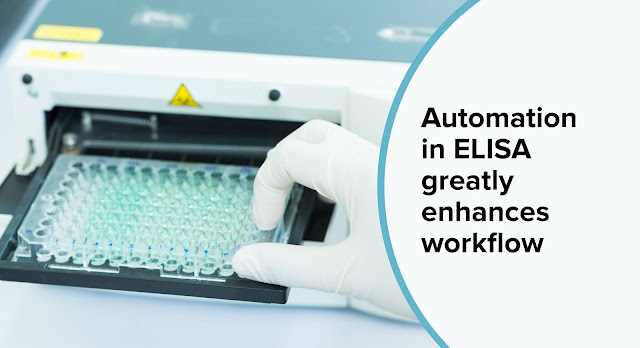COVID RELIEF EFFORTS: Transasia donates critical equipment worth more than Rs. 2.25 crores to several state governments- 200 BiPAP machines, 40 cell counters and 30 coagulation analyzers for D Dimer testing

Transasia Bio-Medicals Ltd., India’s Leading IVD Company has stepped up its efforts to augment the capacity of various state governments to provide timely medical support to COVID-19 patients. As India fights the second wave of the pandemic, Transasia has swiftly arranged to provide 200 BiPAP machines along with 40 cell counters and 30 coagulation analyzers, worth more than Rs. 2.25 crores which have been distributed to various COVID-dedicated hospitals across India. On receiving a request from the Tamil Nadu government, apart from 25 BiPAP machines that provide oxygen support, Transasia also donated 32 units of H 360, three-part differential hematology analyzer, and 5 and 3 units of H 560 and Elite 580 respectively, five-part differential hematology analyzer s. These equipments aid in monitoring disease severity in COVID patients. Similarly, in Delhi, Transasia has provided 30 BiPAP machines along with 30 units of ECL 105, coagulation analyzers. ECL 105 will help Doctors in





